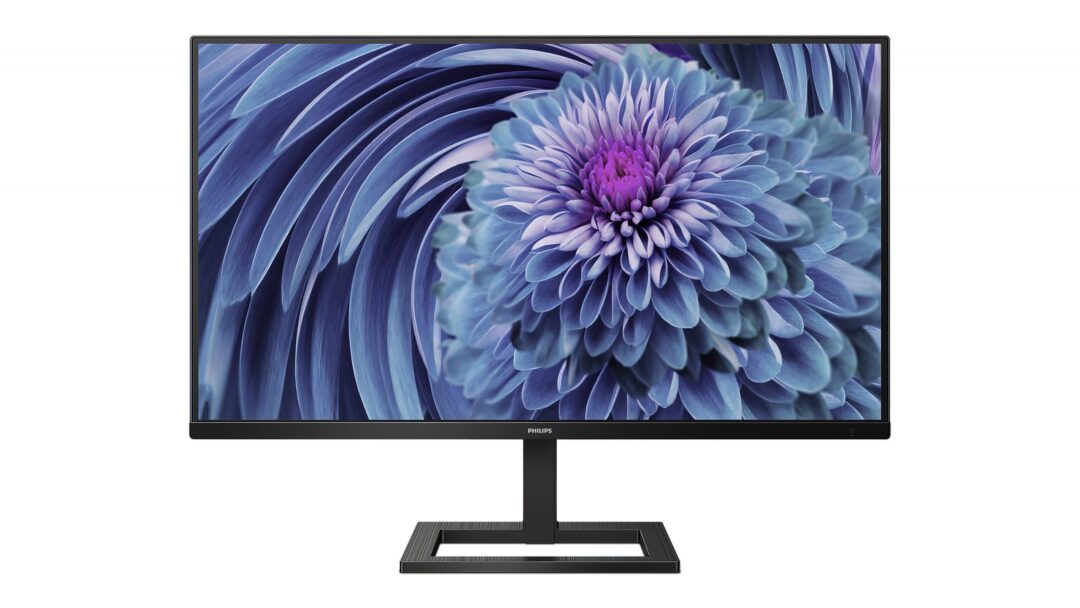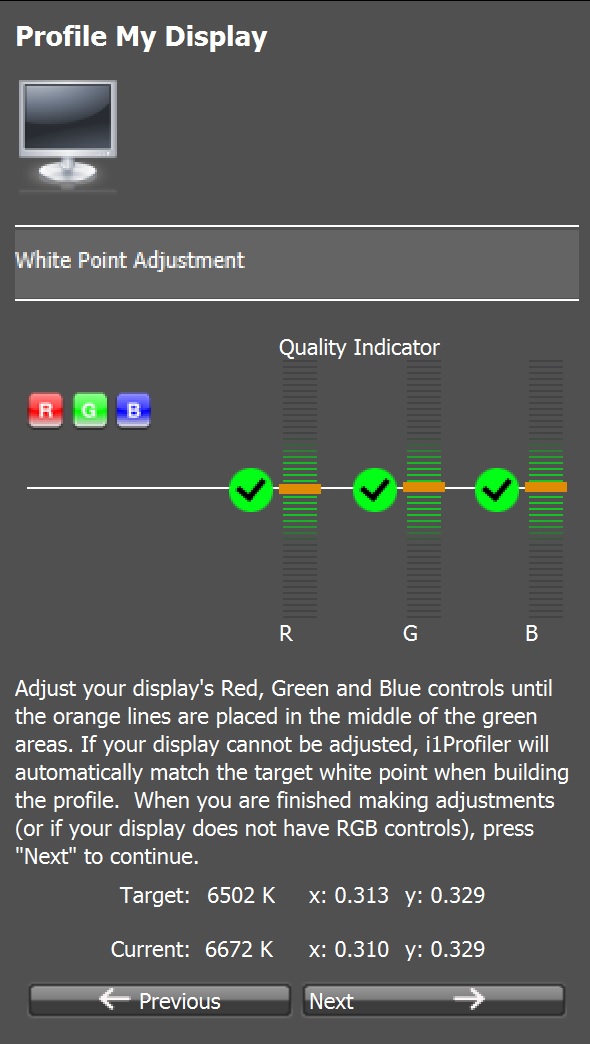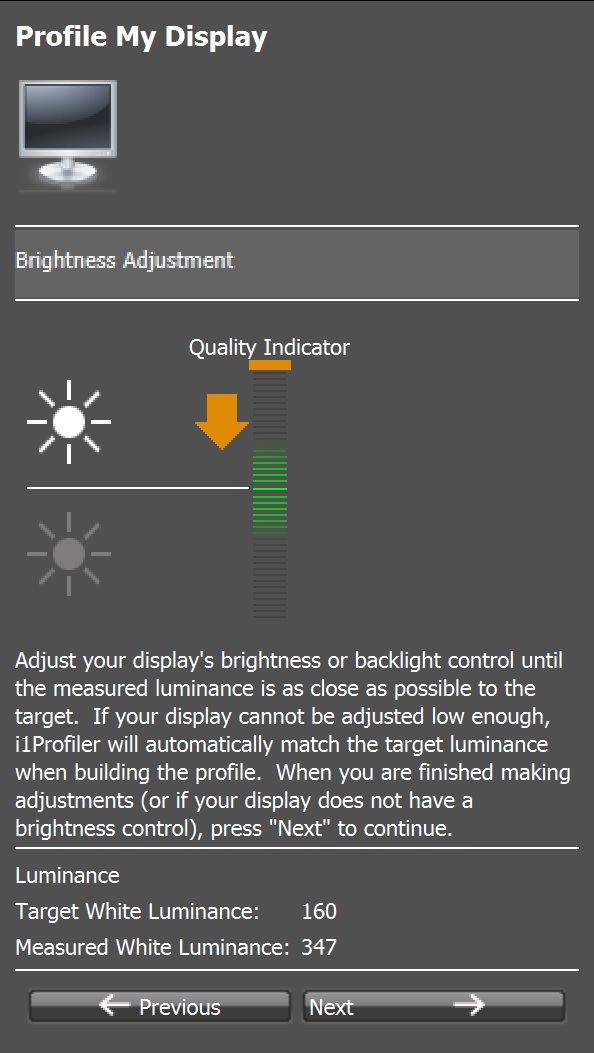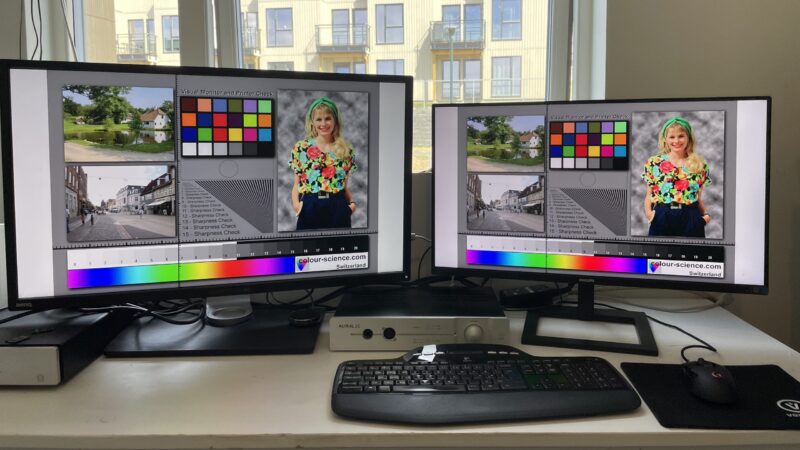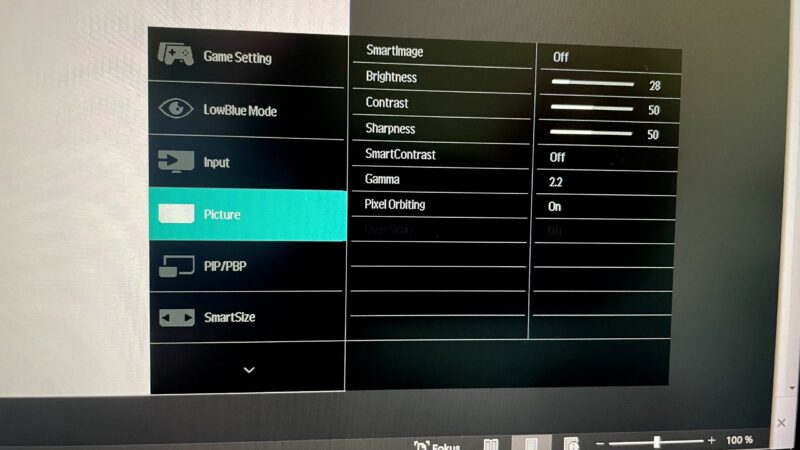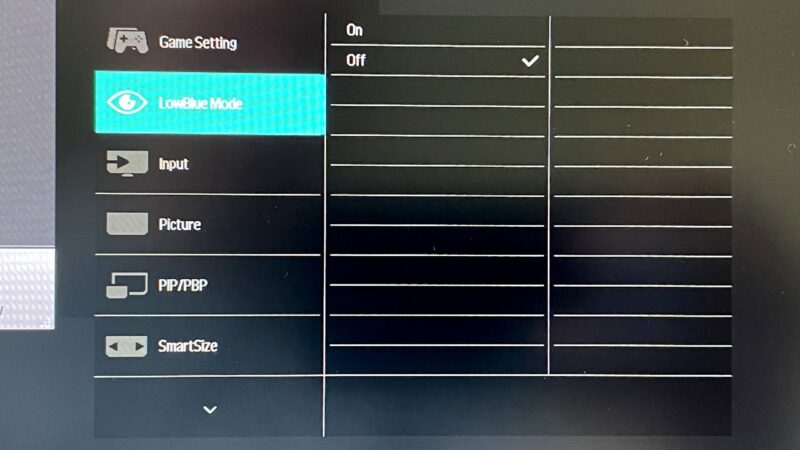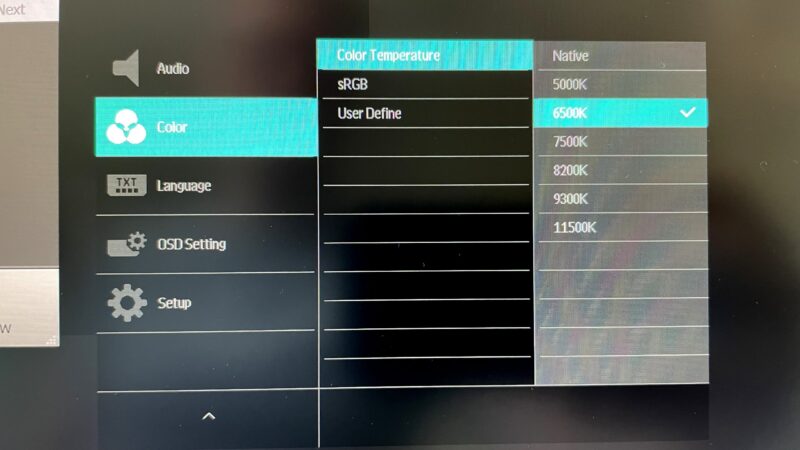Are you sitting in the home office, missing a serious screen to work on? The Philips 288E2A is a monitor designed for those who take still photos and video seriously. It is razor sharp with 4K resolution (3840 x 2160), and made to reproduce the colors as neutrally as possible. For many, the size of 28 inches is also ideal.
Know the need!
If some of your office work is about editing photos – either for the web or for paper – or even video, then you need a screen designed for that. Sharpness is important, the screen should be quite large so you can study the images carefully even when they are not zoomed, but one of the most important things is that the screen reproduces correct colors. Not everyone does that.
Also, not all screens are equally suitable for all purposes. Typical gaming screens have a high refresh rate (above 120 Hz) to provide smooth, flicker-free motion while playing. But they are rarely color neutral, and they also often have a lower resolution (typically 1920 x 1080 or 2560 x 1440), so as not to overload the graphics card.
However, if you are going to edit photos and video, you are dependent on the right colors and you should definitely have a 4K monitor (3840 x 2160). The screen frequency is typically 60 Hz, which is more than enough. The mouse pointer does not run quite as smoothly as at 120 Hz, but who cares.
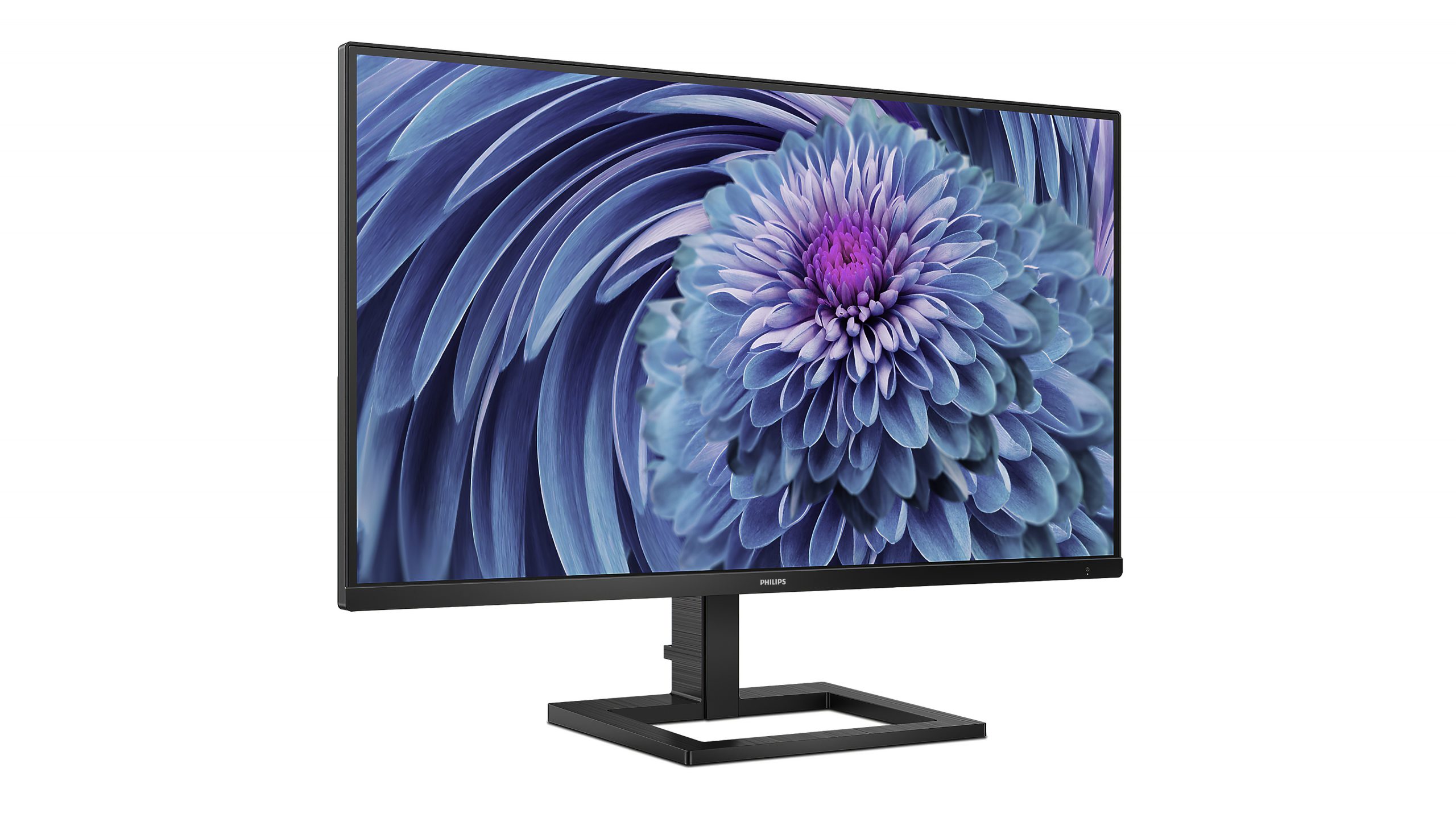
HDR?
For video editing, it can be an advantage if the screen supports HDR (high dynamic range), but then we are up in the professional league. I much prefer a good SDR screen than one with bad HDR. Also, HDR is just annoying to anything other than video on a Windows PC, because different browsers and apps render HDR content differently. You also run the risk of the mouse pointer illuminating in all its HDR white splendor, or it may become transparent or dark gray if you do not make any settings.
Neutral color palette
Philips claims a color palette with a so-called delta deviation of less than 2 across the entire grayscale. Everything under 1 should be experienced as completely neutral to the human eye, while 2 is still good.
The screen covers 120 percent of the sRGB color space, which is true for almost all photos and videos you see online. This should mean that it covers around 90 percent of Adobe RGB, which is the preferred color space for print media photos.
Connections and equipment
At the back of the screen are two HDMI inputs and a DisplayPort. Oddly enough, there is also an analog audio input, and also a headphone output. The screen also has a built-in speaker, but here the sound is so slim and unengaging that there is a lot to gain from external speakers.
Also on the back you will find the lever that maneuvers you through the menu system. For my part, this gets a little knotty and requires getting used to. Personally, I prefer to have such controls located on the side or in front, but at the same time it allows the frame around the screen surface to be minimized. And the Philips screen is really slim and elegant.
What I miss is a built-in USB hub and preferably an SD card reader. The stand also does not allow you to rotate the screen vertically to portrait mode, nor can it be rotated horizontally. Only tilt a few degrees up or down. Still, at this price, Philips is more than forgiven.
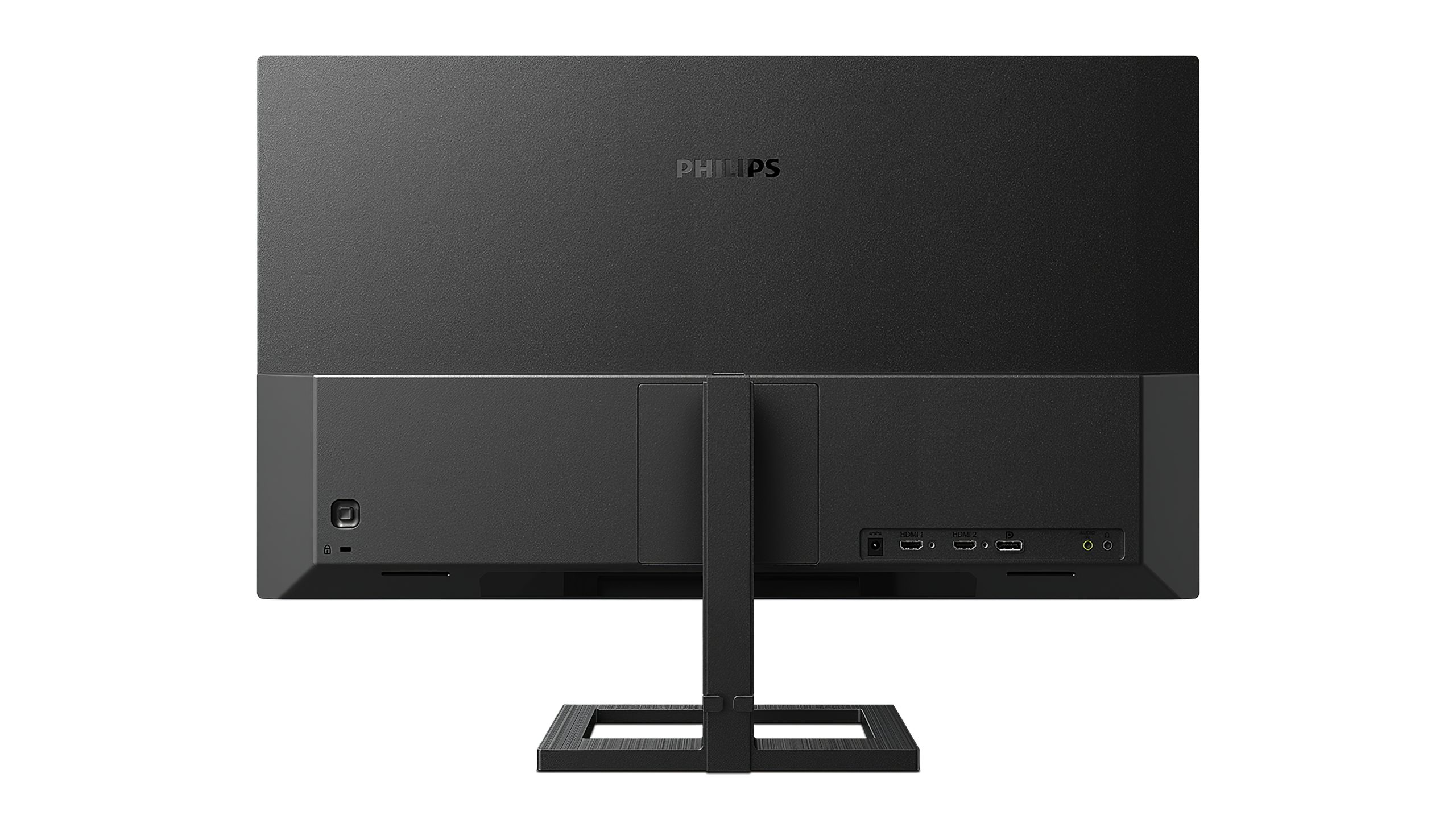
Cheap entrance ticket to professional photos
It is easy to think that something must be wrong for a screen to cost as little as this. But the Philips 288E2A delivers sweepingly beautiful images right out of the box.
The white balance is “spot on” when you choose 6500K (neutral white) in the menu, and for daily use you do not really need to do much more. Pictures are razor sharp and detailed, almost completely without color banding in shades, and with good “strokes”. But even though faces look nice and neutral, and nature pictures are stunningly beautiful, there is a hint of supersaturated colors here.
The screen also has 300 nits brightness (I actually measured it at 350), which is more than enough for image processing. It looks very good when you watch TV and movies, but if you refine images for web or print, weaker details you see on the screen will quickly disappear for others who will view your work. The same when editing video.
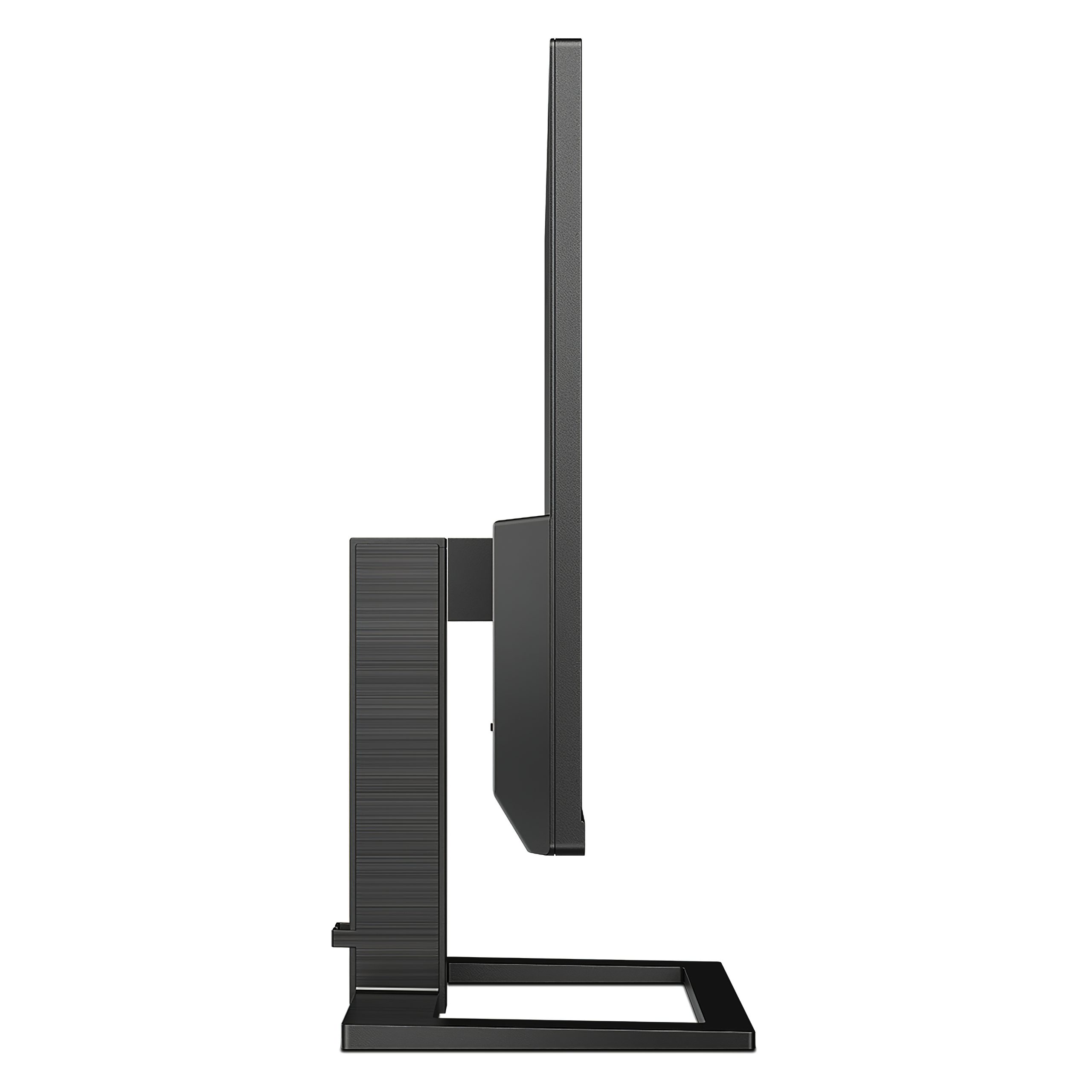
Calibrate the screen!
I therefore recommend calibrating the screen to 160 nits if you are sitting by a window in daylight, while 120 nits is fine in normal indoor lighting. 100 nits is so-called reference mode, but this is intended for dim lighting. For work, I myself use the X-Rite i1 Display Pro, which admittedly costs almost the same as the Philips monitor, but then you have a tool you can use on monitor after monitor in the future.
Calibration also does the final touches to the colors. Here you should also think about the lighting in the room, because if you have a dark room and calibrate the screen to a gamma of 2.4, dark shadows will look deep and fantastic. On the other hand, the details disappear completely as soon as you turn on the light switch. Therefore, I even prefer the slightly lighter gamma 2.2.
Beautiful image
After a quick calibration, the Philips screen is even better, and it is now starting to be difficult to tell the difference from my own professional monitor BenQ PV3200PT. Aside from the size, as the BenQ is a 32-inch. The colors of the Philips are even and true to nature, the sharpness is impeccable, the same with the sharpness of movement.
The only noticeable thing about the Philips 288E2A is that it is not quite as uniform, as you can see with solid colored backgrounds. It looks a bit more “muddy”, and the screen is also more vignette, meaning that it is a little paler and darker in the corners. I almost never think about this, not even when I edit photos. The fact that the viewing angle is not quite as good at Philips is also going well. Fully acceptable, this.
The black level is not quite on par with the best. Few computer monitors have particularly impressive blacks, but the Philips is even slightly brighter than the BenQ. But here we have to take the low price into account, and then Philips comes out very well from it.
If we take the 32-inch BenQ EW3280U, which is cheaper than my own but much more expensive than the Philips, then the BenQ is more uniform over the panel, has less vignetting, and is also even better color calibrated out of the box. But a calibrated Philips comes so close, that it is still a much better buy.
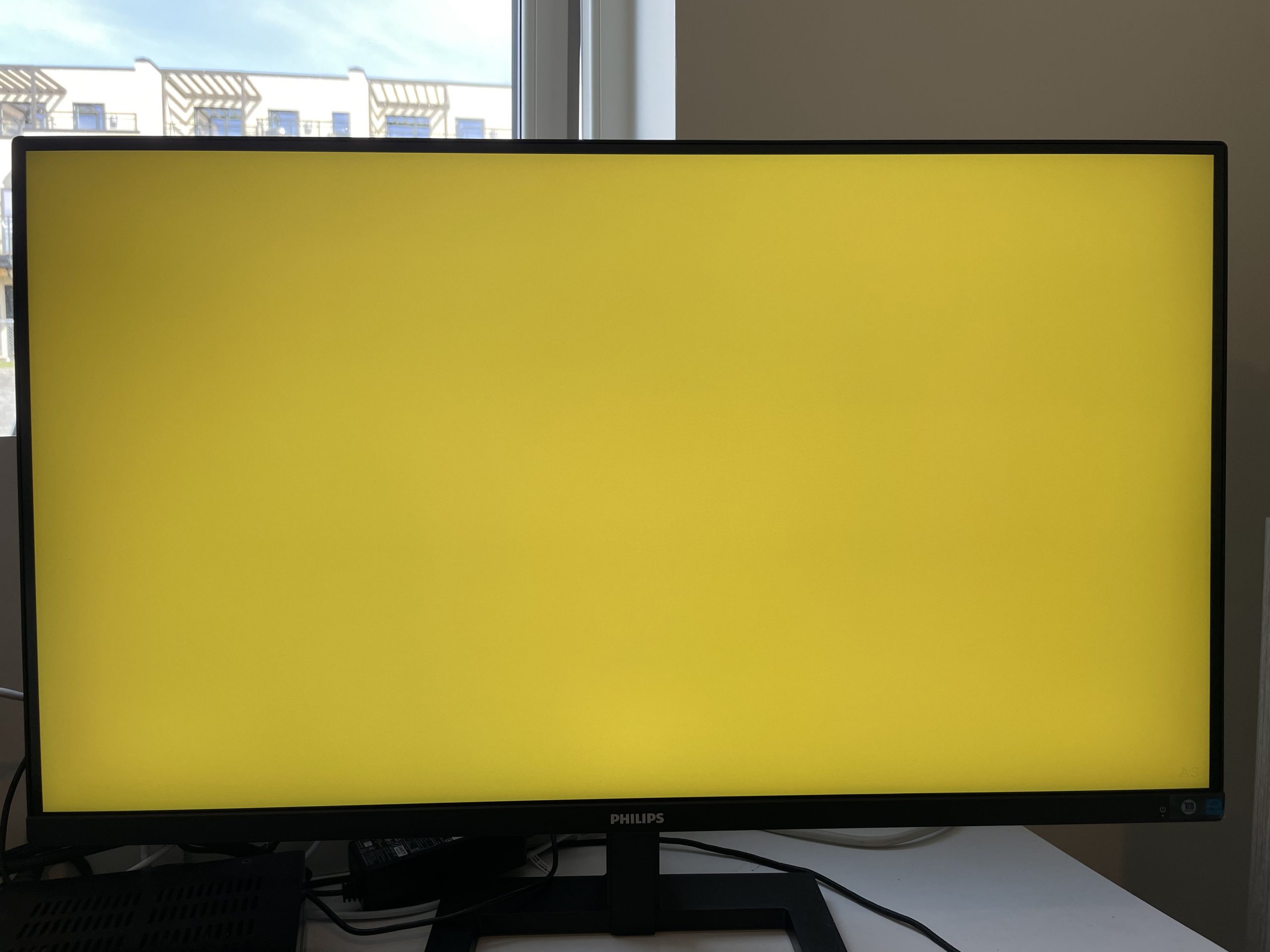
Philips 288E2A: Conclusion
The Philips 288E2A is a 28-inch 4K monitor for serious image processors who want to spend more money on cameras and software than on the screen they work on. The price tag is so low that I almost expected it to be useless. Instead, I was highly impressed by the color reproduction and sharpness.
No matter how cheap or expensive monitor you buy, you should pay for calibration tools. Then you get rid of the little touch of supersaturated colors, and you get the screen calibrated to your lighting conditions. Then the Philips screen comes one notch closer to the professional level.
If you process your photos or videos on this screen, you can be sure that the result does not offer any unpleasant surprises. With this, Philips has narrowed the gap between amateurs and professionals.

256 €
Specifications
- Size: 28″
- Panel type: IPS
- Resolution: 3840 × 2160
- HDR: No.
- Response time: 4 ms
- Refresh rate: 60 Hz
- Contrast ratio/brightness: 1000: 1/300 cd / m²
- Colour space: NTSC 106.9%, sRGB 119.7%
- Sync: AMD FreeSync
- Connectivity: DisplayPort 1.4, 2 x HDMI 2.0, AUX in, headphone out
- Dimensions/weight: 63.7 x 48 x 22.4 cm / 5.59 kg
- Web: philips.co.uk
